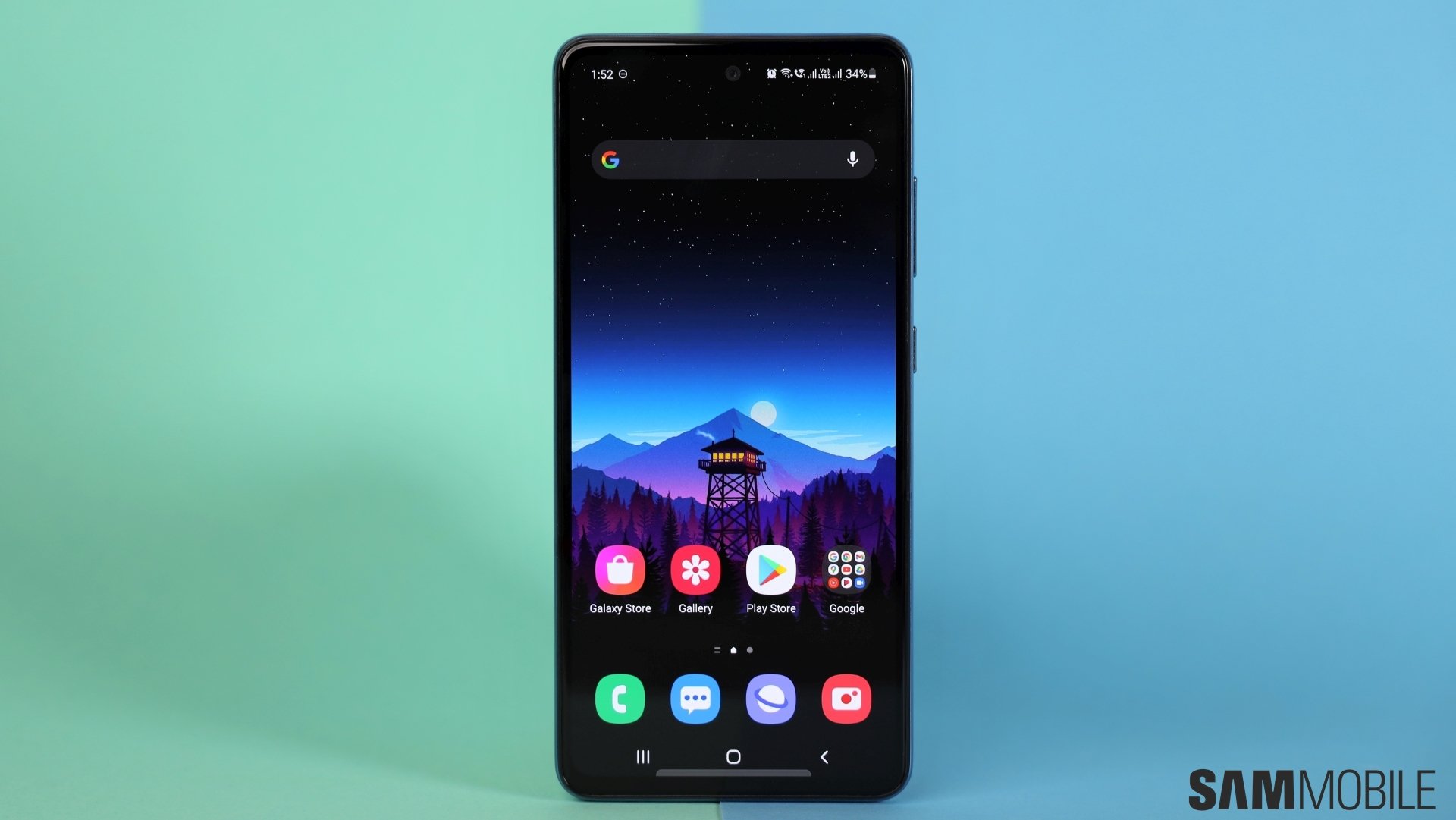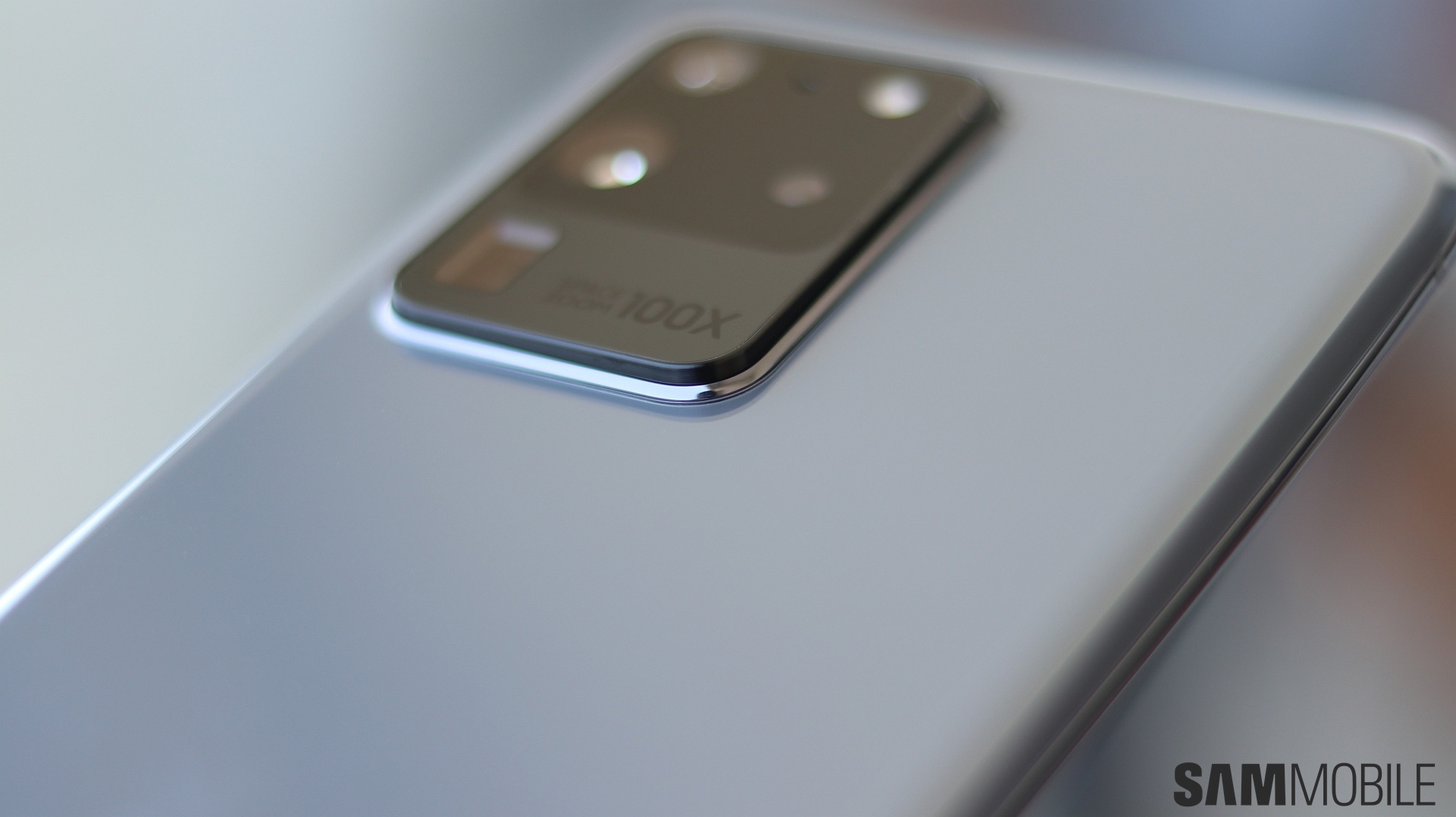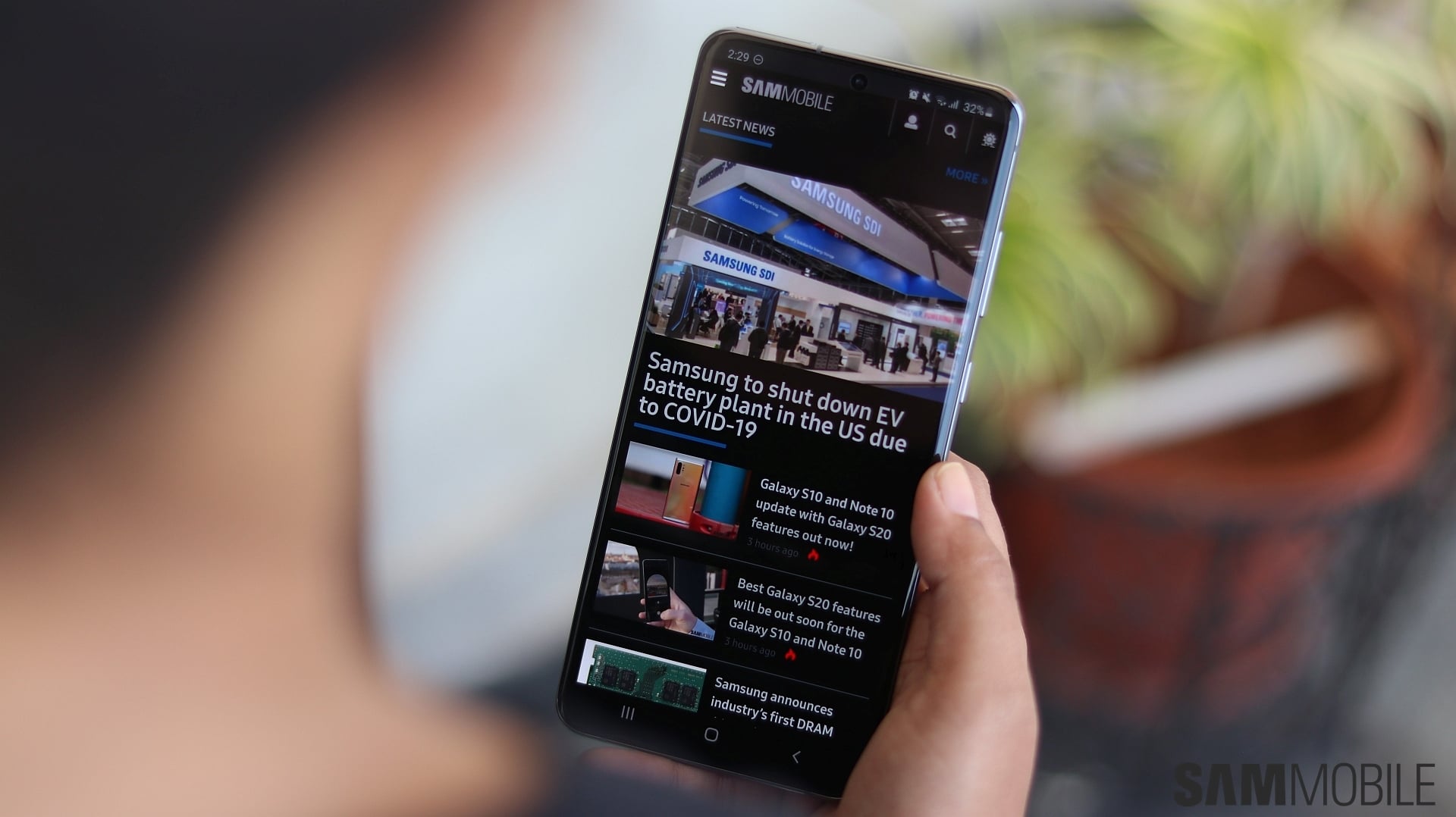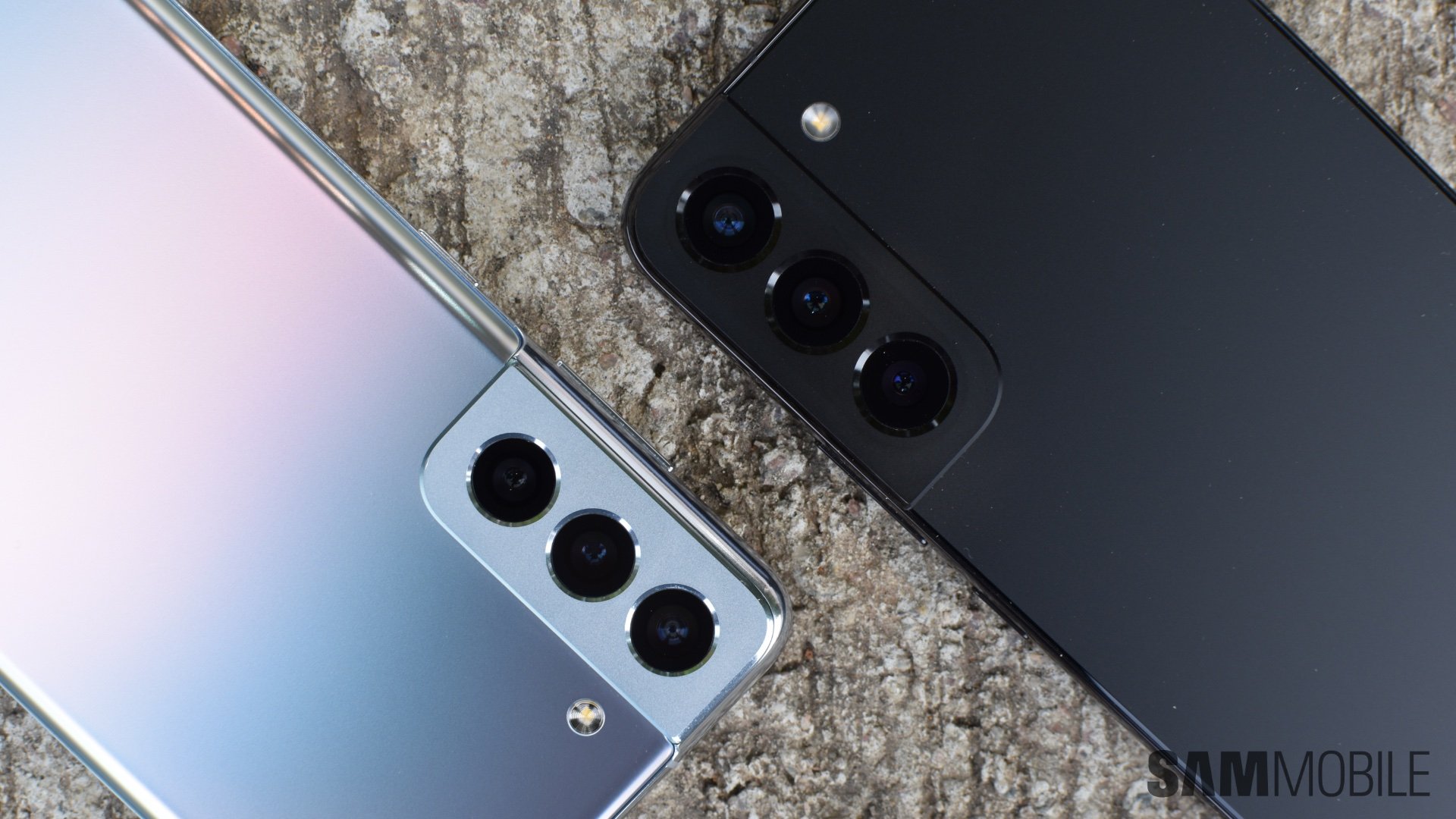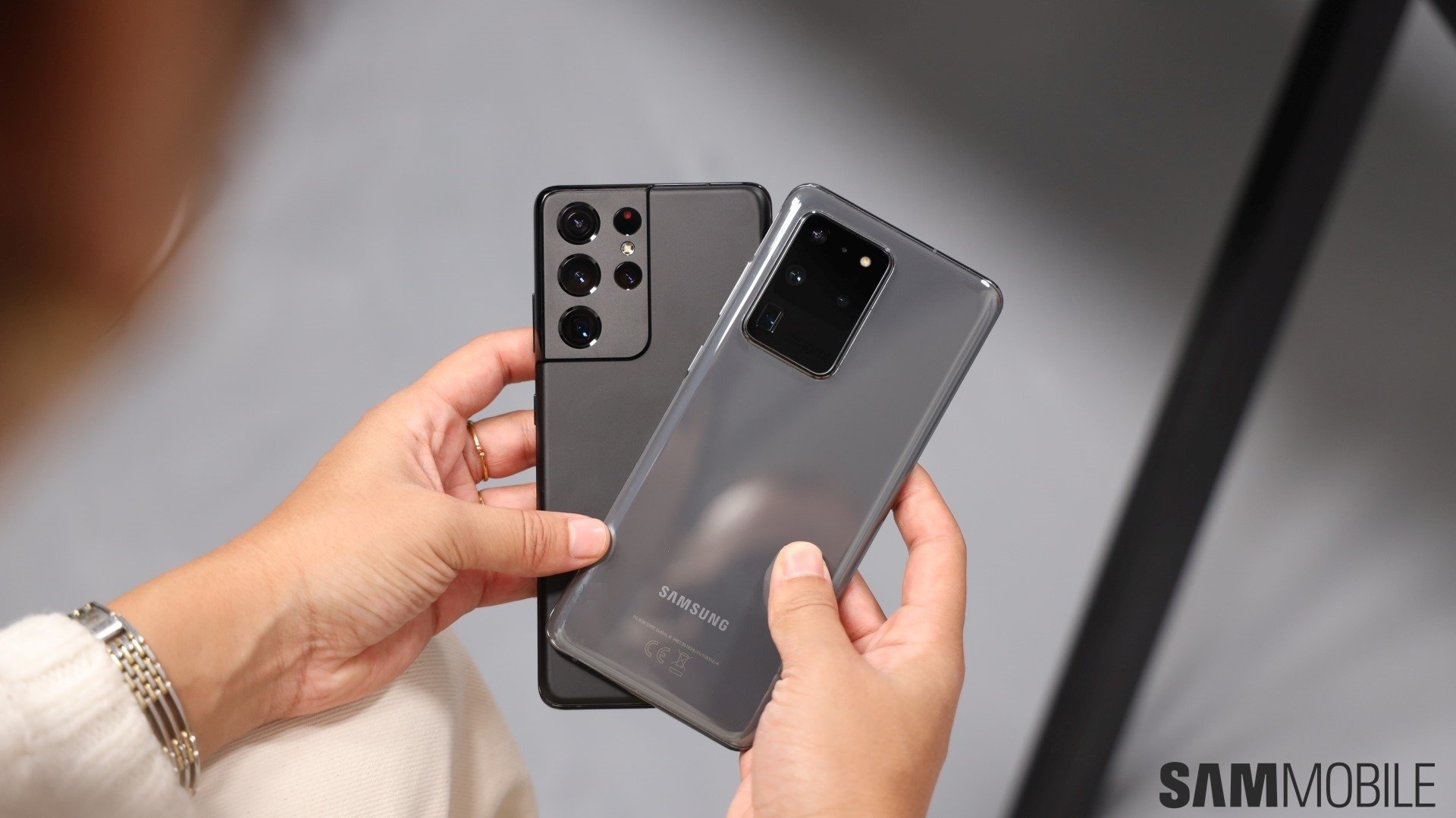
The issue comes down to the fact that Space Zoom can only be considered a camera feature in the same sense that slapping smiley faces over your prom photos is photography. The end result is much more realistic-looking, sure, but it's still not real. More importantly, it can't be advertised as real.
Earth Laws > Space Zoom
Samsung might have conjured up a large-scale marketing campaign around Space Zoom regardless, had it managed to come up with it half a decade earlier. But it understandably took a pass on this occasion, still surrounded by all that hot water concerning false advertising allegations dating back to the Galaxy S7 range.
To know why Space Zoom shots aren't real photography, you need to understand the basics of how the technology operates. The gist of it is that the Camera app can tell when you're pointing to the sky and determine you're trying to take a photo of the moon. From there, it will oblige your press of the shutter button, but before you get to see your crystal-clear moon photo, it will effectively overlay it with a new texture from a much higher-resolution image of the moon. Which was taken with specialized gear somewhere alongside your meridian at roughly the same time of the month, so the texture corresponds to whatever moon phase you're seeing.
Parts of that explanation are oversimplified but the point is to illustrate how Space Zoom shots you get from the Galaxy S20 Ultra aren't really yours. They have been generated by some insanely clever tech with a highly arbitrary user interface and a list of assets that predates the smartphone itself.
You might not care for such technical details and so long as your device is capable of producing such crisp imagery, it's all the same to you. But that's not how consumer protection laws work. And it's why Samsung decided not to overcommit to advertising a feature that, while impressive, is as “fake” as imagery can get. If you can't claim it's magic, it's sometimes better not to claim anything at all.
A lot of consumer electronics tech releases ahead of its time and takes a while to get going. Space Zoom is not that kind of technology and likely won't be going anywhere. Samsung appears to have learned its lesson, given how it completely revamped its mobile camera strategy following the release of the Galaxy S20 series.
Let's not forget this whole thing started with Huawei trying to pass off AI-generated moon imagery as real photographs. And Samsung just wanted to give users the option of doing the same sans the fake pretense. But it turns out that the average user doesn't much care for the moon. So, with that, we can finally give Space Zoom its overdue send-off to the gimmick graveyard. So long.














